Focus on Safety and Quality Standards
Safety and quality standards are paramount in the smart toys market in South Korea. With heightened awareness regarding child safety, parents are increasingly scrutinizing the materials and manufacturing processes of toys. Regulatory bodies are enforcing stricter guidelines to ensure that smart toys meet safety requirements. This focus on safety is influencing purchasing decisions, as parents prefer brands that prioritize high-quality materials and rigorous testing. Consequently, manufacturers are investing in research and development to enhance product safety features. This emphasis on safety not only builds consumer trust but also contributes to the overall growth and sustainability of the smart toys market.
Rising Demand for Interactive Learning
the smart toys market in South Korea is experiencing a notable increase in demand for interactive learning tools.. Parents are increasingly seeking educational toys that promote cognitive development and engagement. This trend is driven by a growing awareness of the importance of early childhood education. According to recent data, the market for educational toys is projected to grow at a CAGR of 10% over the next five years. Smart toys that incorporate augmented reality and artificial intelligence are particularly appealing, as they offer personalized learning experiences. This shift towards interactive learning solutions is reshaping the smart toys market, as manufacturers innovate to meet the evolving needs of parents and children alike.
Growing Popularity of Connected Devices
The proliferation of connected devices in South Korea is influencing the smart toys market. As households become increasingly equipped with smart home technology, toys that can connect to these devices are gaining traction. This trend is characterized by toys that can be controlled via smartphones or integrated with home assistants. The convenience and interactivity offered by connected toys are appealing to tech-savvy parents. Market analysis suggests that the segment of connected toys is expected to grow by 15% annually, reflecting a shift towards more integrated play experiences. This growing popularity is likely to drive innovation and competition within the smart toys market.
Technological Advancements in Toy Design
Technological advancements play a crucial role in shaping the smart toys market in South Korea. Innovations such as artificial intelligence, machine learning, and IoT integration are transforming traditional toys into interactive experiences. For instance, toys that can adapt to a child's learning pace or provide real-time feedback are gaining popularity. The market is witnessing a surge in products that utilize voice recognition and responsive features, enhancing user engagement. As a result, the smart toys market is expected to expand significantly, with projections indicating a potential market size of $1 billion by 2027. This technological evolution is likely to attract both consumers and investors, further driving growth.
Increased Parental Investment in Child Development
In South Korea, there is a marked increase in parental investment in child development, which significantly impacts the smart toys market. Parents are prioritizing products that not only entertain but also contribute to their children's growth and learning. This trend is reflected in the rising sales of smart toys that offer educational content and developmental benefits. Recent statistics indicate that 65% of parents are willing to spend more on toys that promote STEM learning. This shift in consumer behavior is prompting manufacturers to focus on creating innovative products that align with educational goals, thereby enhancing the overall appeal of the smart toys market.


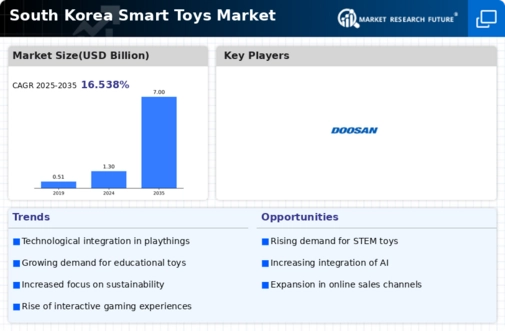
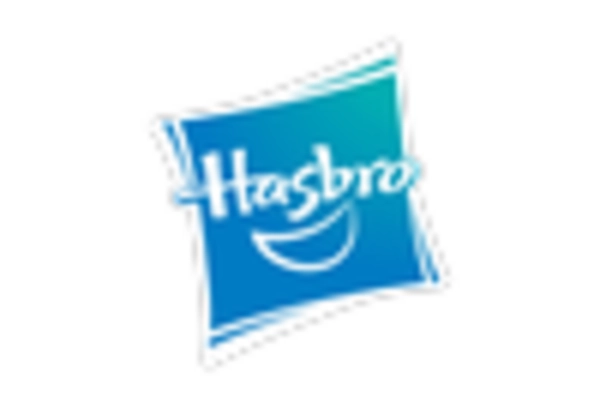

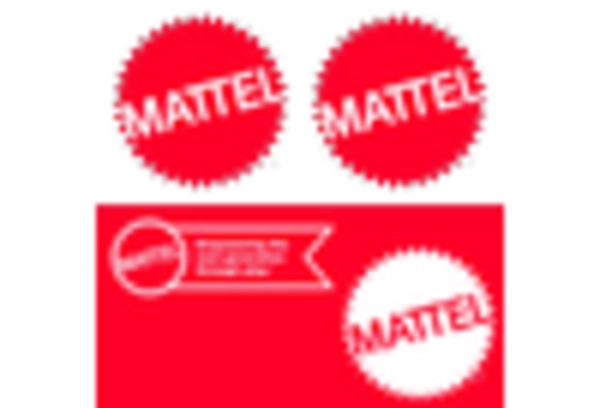

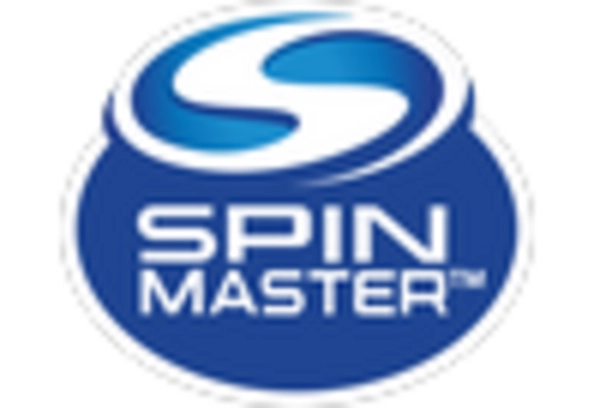
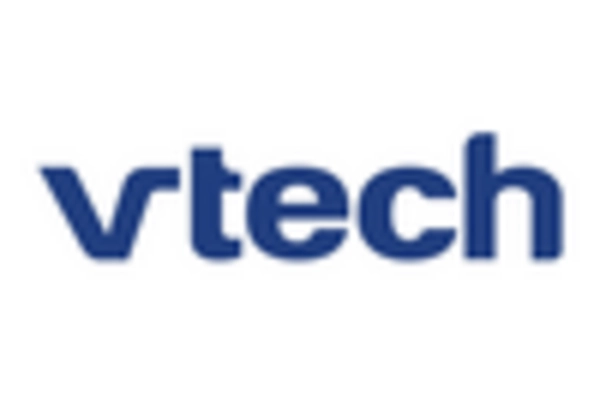








Leave a Comment